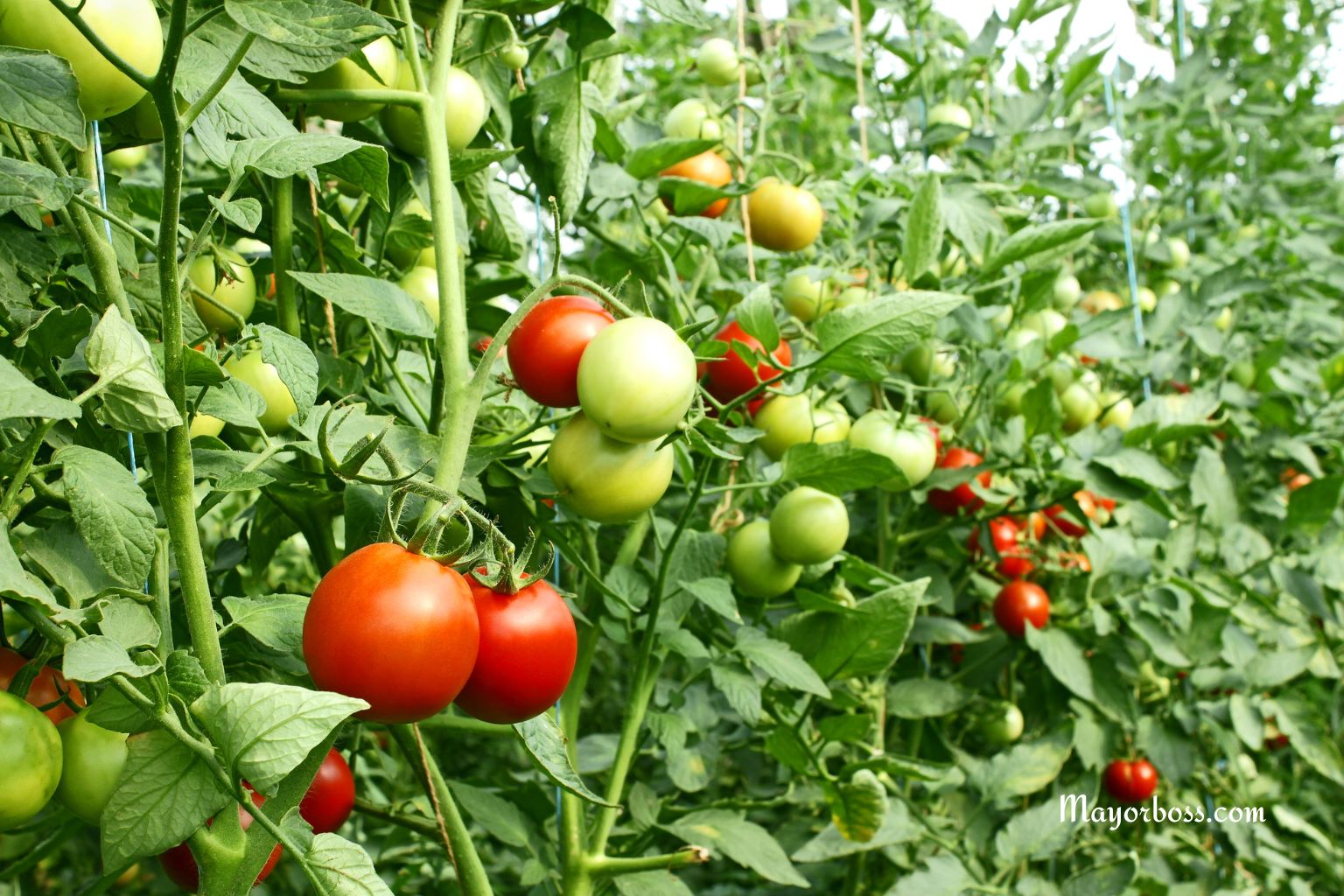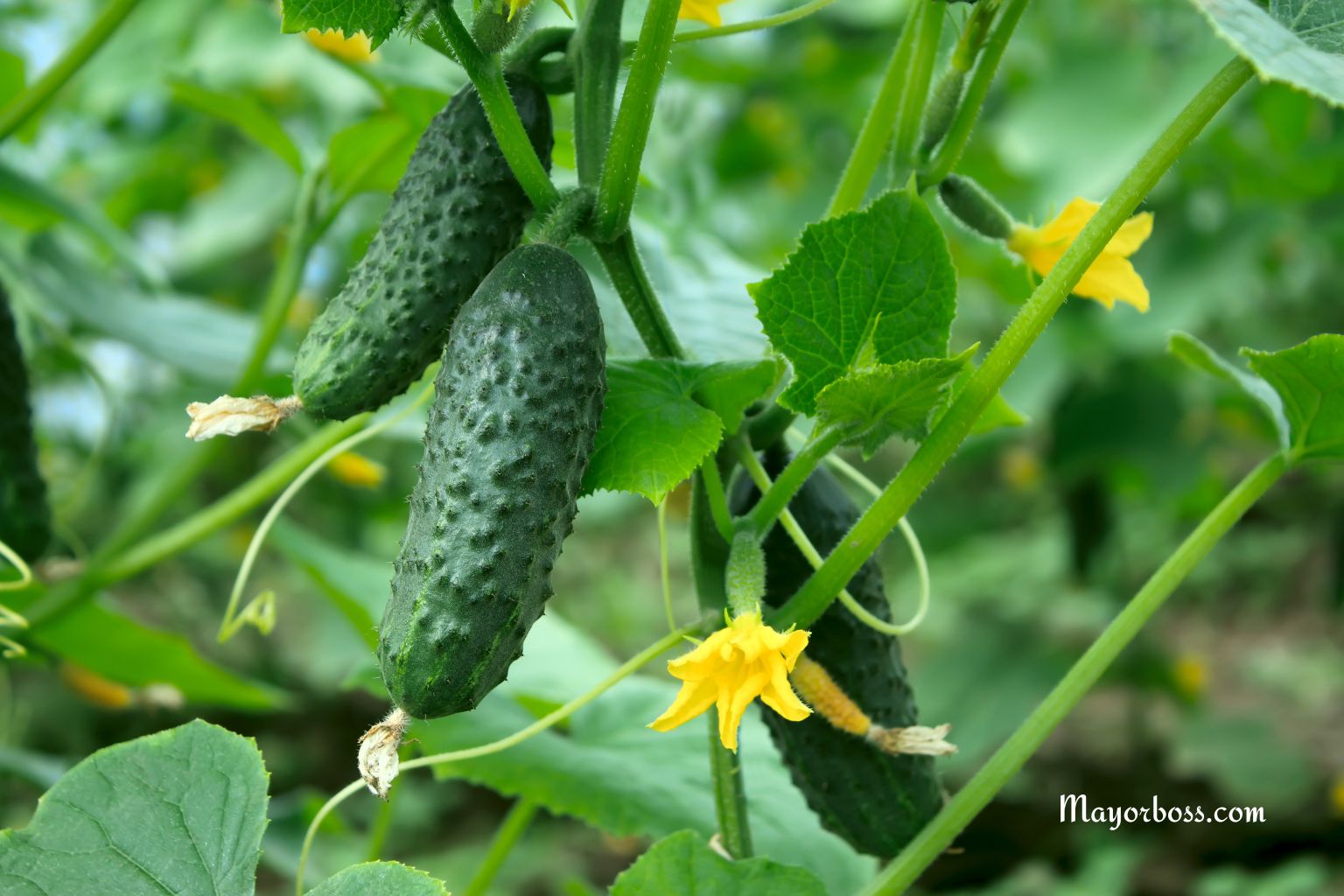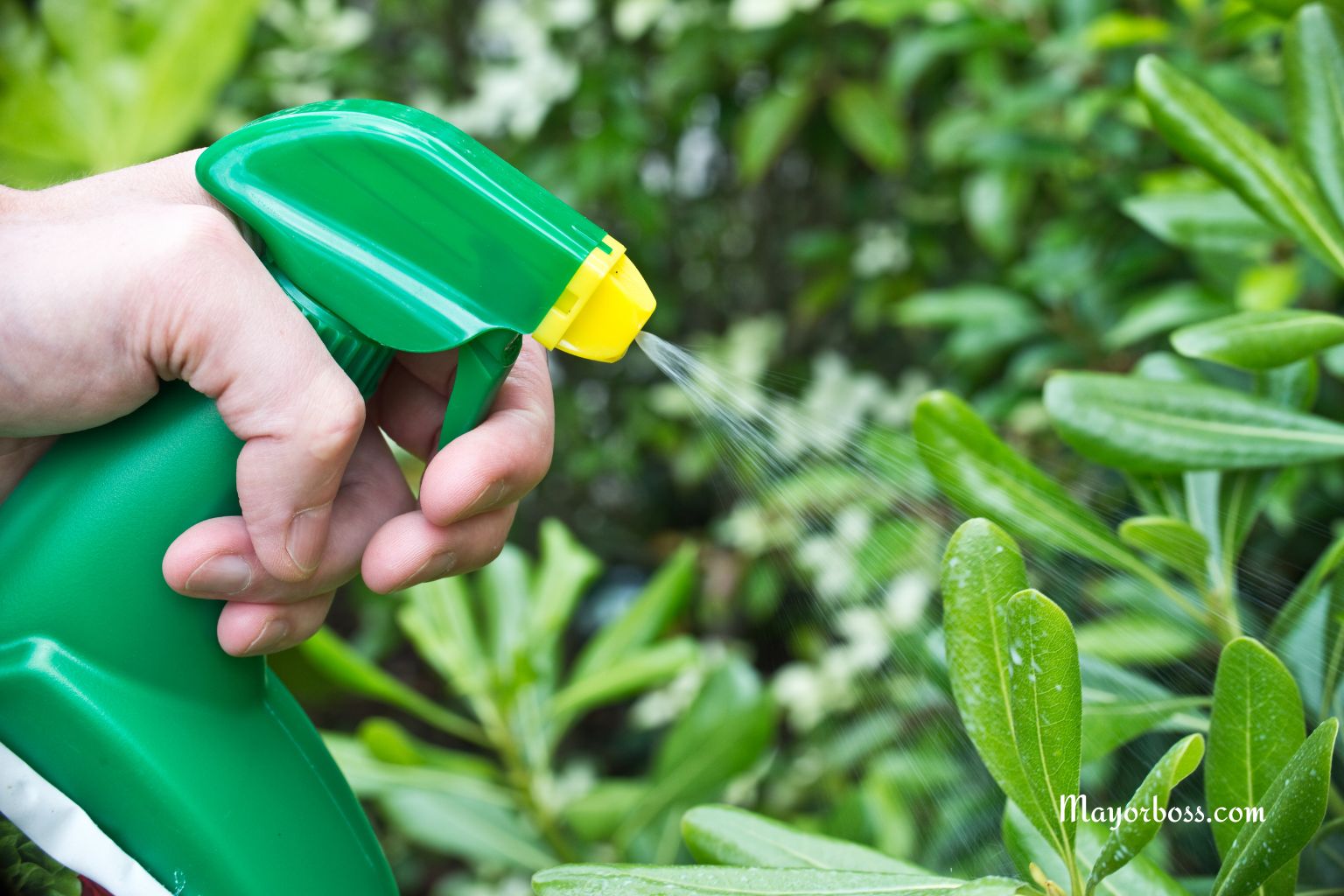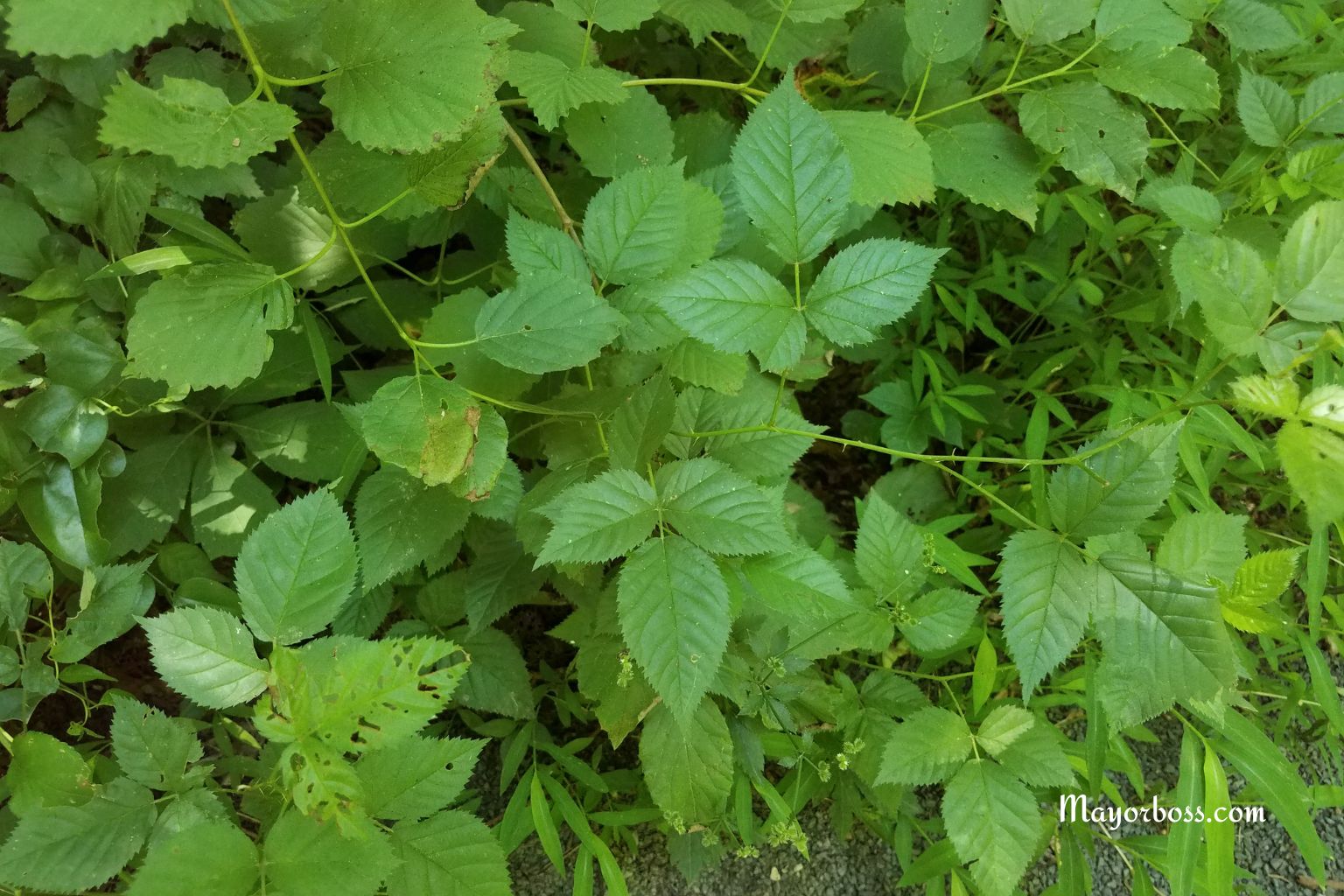These 10 Vegetables Thrive in Summer Heat—Perfect for Your Garden
If you want a productive summer garden, choose vegetables that grow well in hot weather. Some top choices are okra, eggplant, sweet potatoes, peppers, cucumbers, squash, yardlong beans, tomatoes, Malabar spinach, and corn. These heat-tolerant vegetables can handle full sun and high temperatures, giving you a strong harvest all season.
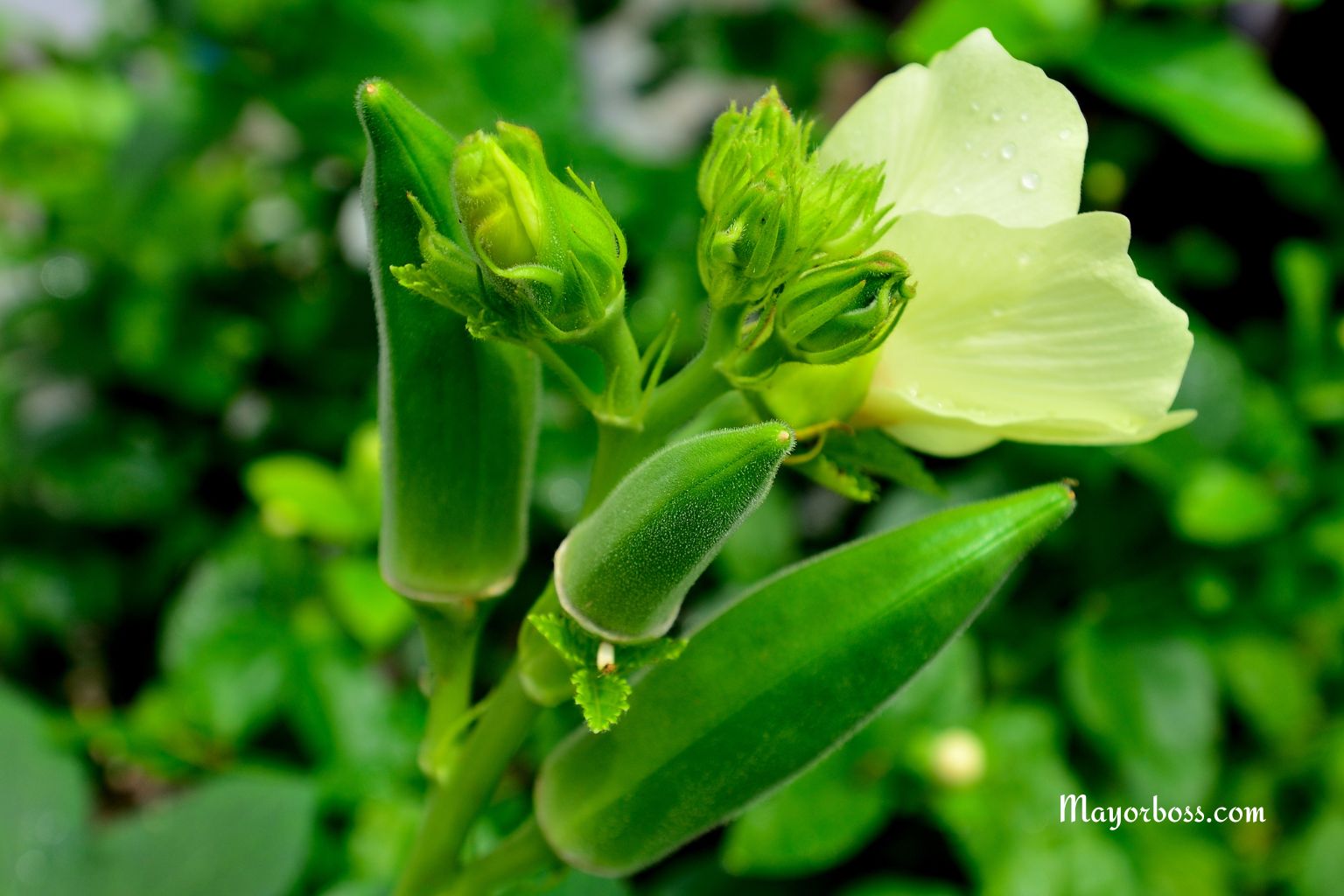
Gardening in the summer has its challenges. High temperatures and intense sunlight can cause many plants to wilt, stop growing, or even die. But not all vegetables are sensitive to heat. Some actually perform better as temperatures rise.
Choosing the right vegetables for summer means less stress for you and healthier, more productive plants. You spend less time worrying about watering and shade, and more time enjoying the process. If you pick crops that thrive in hot weather, you set yourself up for a more successful and rewarding harvest.
Here are vegetables that can handle—and even love—the summer sun.
1. Okra
Okra is often called a “heat champion” of the vegetable world. It grows quickly in hot, sunny weather and tolerates dry soil much better than many other plants. The more sun and warmth it gets, the more pods it produces. Okra is also surprisingly tough, standing tall even during heat waves.
2. Eggplant
Eggplant needs warm soil to grow well. In fact, it won’t start growing until the ground heats up. Once summer is in full swing, eggplants really take off. They develop glossy purple fruits that can be picked regularly. The plant’s leaves are thick, which helps protect them from scorching sun.
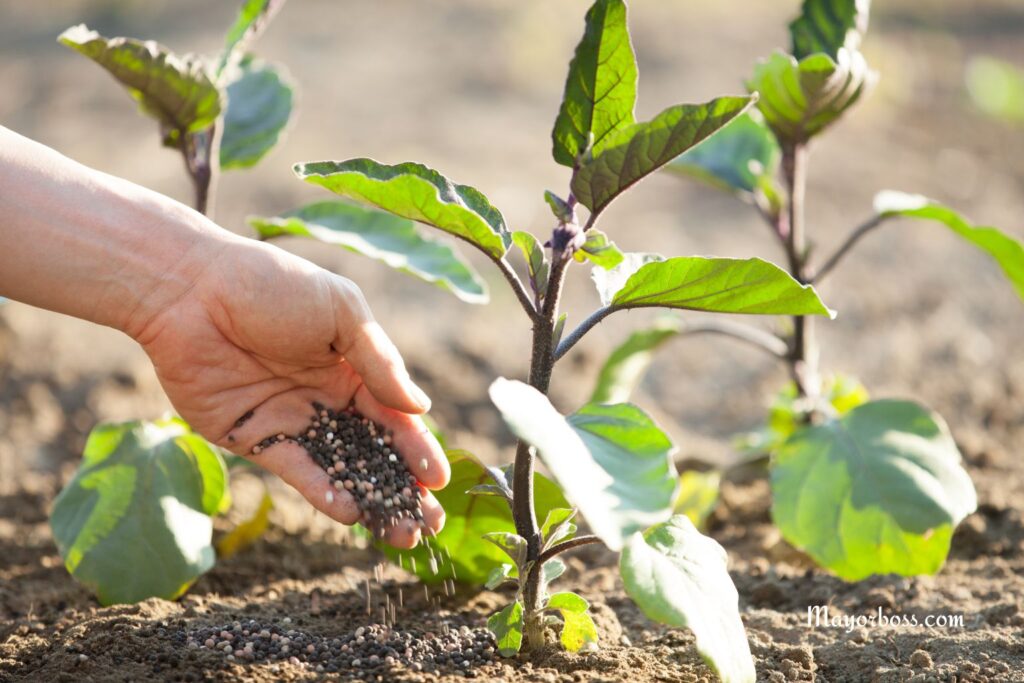
3. Sweet Potatoes
Sweet potatoes are made for hot weather. They need several months of warm, sunny days to develop those sweet, nutritious roots. The vines spread out quickly, covering the ground and protecting the soil from the heat. If you want a crop that’s almost maintenance-free during the summer, sweet potatoes are a top pick.
4. Peppers
Both hot and sweet peppers thrive when temperatures rise. They need full sun to produce their colorful, crunchy fruits. Peppers can handle short dry spells, too. Just be sure to keep the soil slightly moist, and you’ll enjoy a long harvest window through late summer.
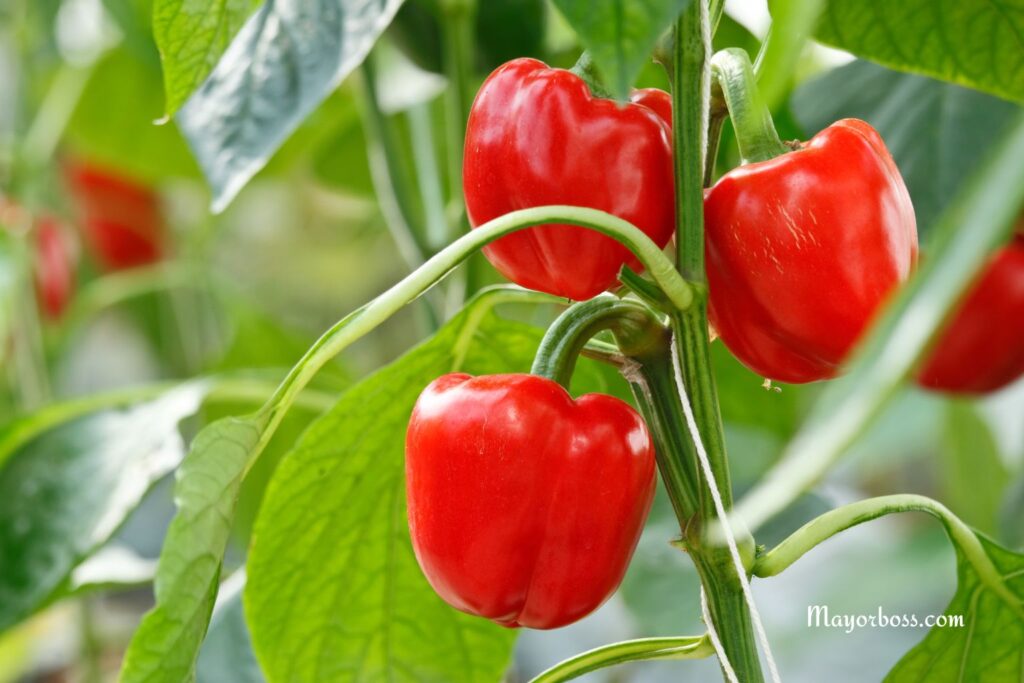
5. Cucumbers
Cucumbers grow at their fastest during hot summer months. Give them plenty of sun and consistent watering, and you’ll have vines full of crisp, juicy cucumbers. They’re a great choice for garden beds or even large containers, as long as they get warmth and regular moisture.
6. Summer Squash (Zucchini, Yellow Squash)
Summer squash varieties, such as zucchini and yellow squash, love the heat. They grow quickly, and a single plant can produce an impressive amount of food in just a few weeks. If you pick the fruits often, the plants will keep producing until the weather starts to cool down.
7. Yardlong Beans (Asparagus Beans)
Yardlong beans, also called asparagus beans, are popular in hot climates for a reason. These beans produce long, tender pods that keep coming as long as the weather stays warm. They can even handle dry spells and still produce well. Yardlong beans are perfect for anyone looking for a low-maintenance summer crop.
8. Tomatoes
Tomatoes need heat and sunlight to reach their full flavor. While very high temperatures can sometimes affect fruit set, most tomato varieties do well during long, sunny summers. Choose heat-tolerant types and keep them well-watered. You’ll be rewarded with baskets of fresh, juicy tomatoes.
9. Malabar Spinach
Malabar spinach is not a true spinach, but it grows well when traditional spinach struggles with heat. This leafy green loves hot, humid weather and keeps producing thick, nutritious leaves all summer. It can climb a trellis, making it a beautiful and productive addition to any garden.
10. Corn
Corn needs warmth from planting to harvest. It grows quickly in hot, sunny weather, reaching towering heights by mid-summer. With regular water and fertile soil, corn can provide a steady supply of sweet, golden kernels—even in the hottest months.
Tips for a Productive Summer Garden
Choosing heat-tolerant vegetables is only the first step. Here are a few expert tips for getting the best results:
- Water deeply and early: Water your plants in the morning to help them handle the afternoon heat. Deep watering encourages roots to grow down, where the soil stays cooler.
- Mulch your soil: Add a layer of straw or shredded leaves around your plants. Mulch keeps the soil cool and helps retain moisture.
- Give space to grow: Heat-loving vegetables, like squash and sweet potatoes, need room to spread. Plant them farther apart to improve air circulation and reduce disease risk.
- Harvest often: Many summer vegetables will keep producing if you harvest them regularly. Pick cucumbers, squash, and beans often to encourage more growth.
Frequently Asked Questions
1. Can I grow these heat-loving vegetables in containers?
Yes, most can be grown in large pots, but be sure to use well-draining soil and water more frequently.
2. How often should I water summer vegetables?
Water deeply two to three times a week, depending on rainfall and soil type. Check the soil moisture regularly.
3. Will these vegetables survive a heatwave?
They are better equipped for heat, but during extreme temperatures, provide extra water and some afternoon shade if possible.
4. Do I need special fertilizer for summer crops?
Use a balanced vegetable fertilizer or compost. Avoid over-fertilizing, as this can stress plants in hot weather.
5. What is the best time to plant these vegetables?
Plant after your area’s last frost date, once the soil is warm and night temperatures stay above 55°F (13°C).

